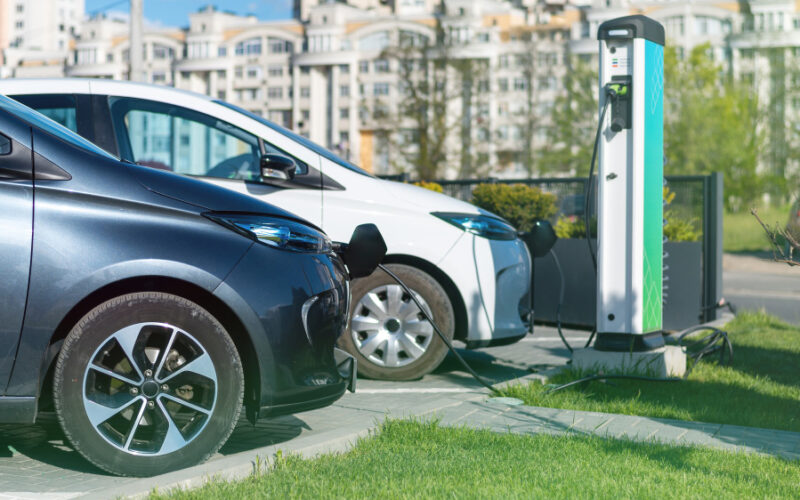Introduction
What comes to mind when you hear the word environmental issues? Around 1% of all vehicles (2,500,000) in the United States were electric in 2019. In 2018, the number was around 328,118, showing a 75% year-over-year growth, demonstrating the shifting demand. Data also reveals that Californians are particularly interested in electric vehicles, with 153,442 vehicle purchases in 2018 (Hawley, 2023).
Why EV cars?
Gasoline-powered vehicles that have been manufactured and sold until now produce a lot of carbon dioxide and other gases, which are considered bad for the environment, and this has led to the further spread of EV vehicles.
The two biggest reasons for the world’s attention to EVs are the two social issues of “global warming” and “peak oil”. Faced with these two social issues, companies around the world have recognized that it is extremely difficult to continue using engine-powered vehicles as they have in the past for the future and have begun to aim for the EV society that lies ahead.
When and Who invented the EV car?
Some people say that Robert Anderson of Scotland invented the first motorized carriage in the 1830s, between the years of 1832 and 1839 (Wilson, 2023).
Common problems with EV cars
・ Battery life
One of the most disadvantageous things about EV cars is their batteries. Researchers said that in Florida, where temperatures are high, batteries last for 5.2 years on average. But in Alaska, where it’s cold, batteries could last up to 13.3 years (Pickering, 2023).
・ Charging stations
According to the US Department of Energy’s Alternative Fuels Data Center, there are about 51,000 public charging stations in the whole country (Avery, 2023).
The state of California has 14,040 public charging stations, which is the highest number in the US. However, the state of Alaska only has 59 charging stations, which is the lowest. The need for these charging stations will go up if EV cars are to be popularized.
・ Charging time
It depends on the battery and charging type, but EV cars usually take 30 minutes to charge up to 80% on average (Colwell, 2022).
Conclusion
As a solution to numerous environmental issues, EV vehicles are garnering international attention and growing in popularity. One day, gasoline-powered vehicles will be obsolete. However, certain issues still need to be resolved. The development of EVs will be closely monitored by governments and the auto industry worldwide.
References
Avery, D. (2023). How Many EV Charging Stations Are There in the US? [online] CNET. Available at: https://www.cnet.com/roadshow/news/how-many-ev-charging-stations-are-there-in-the-us/ [Accessed 7 Jun. 2023].
Colwell, K.C. (2020). How Long Does it Take to Charge an Electric Vehicle? [online] Car and Driver. Available at: https://www.caranddriver.com/shopping-advice/a32600212/ev-charging-time/ [Accessed 7 Jun. 2023].
Hawley, D. (2023). What Percent of US Car Sales Are Electric? [online] Available at: https://www.jdpower.com/cars/shopping-guides/what-percent-of-us-car-sales-are-electric [Accessed 7 Jun. 2023].
Pickering, C. (2023). Common Problems With Electric Cars [incl. Data] | Car Sloth. [online] www.carsloth.com. Available at: https://www.carsloth.com/advice/common-problems-electric-cars [Accessed 7 Jun. 2023].
Wilson, K. (2023). The Electric Car’s History Goes Back Further Than You Think. [online] Car and Driver. Available at: https://www.caranddriver.com/features/g43480930/history-of-electric-cars/ [Accessed 7 Jun. 2023].
